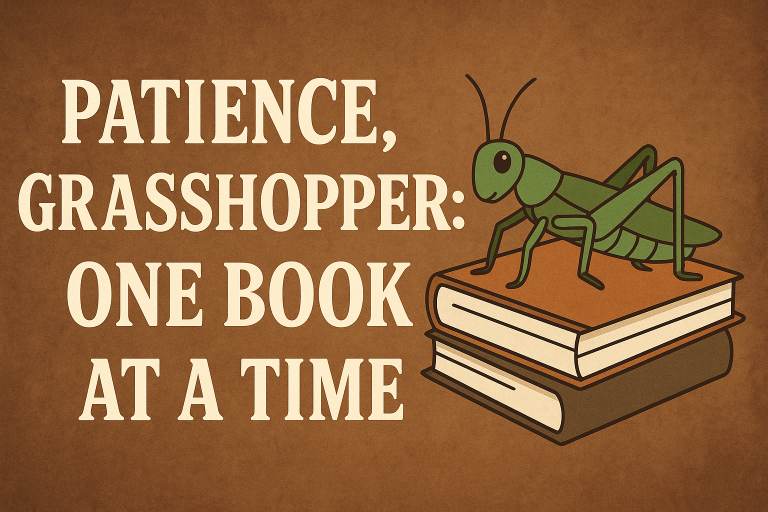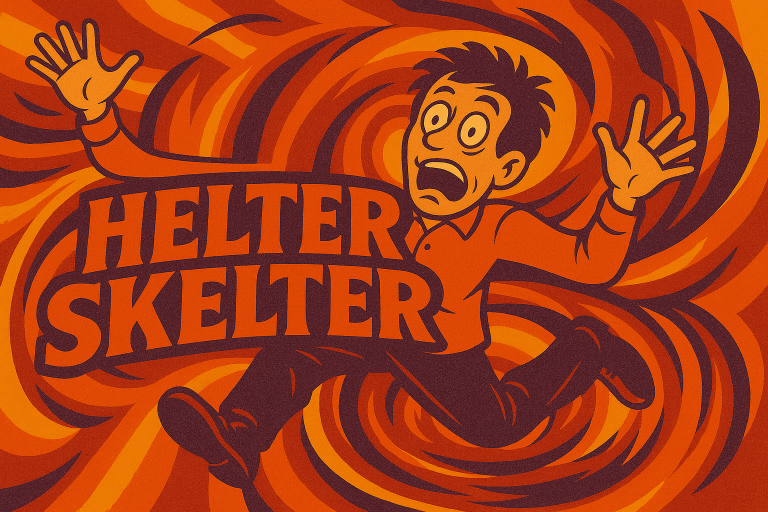I didn’t plan to make a trailer for Ephemeris. It started as a creative itch. One of those ideas that sits in the back of your head whispering, Wouldn’t it be cool if… I’ve spent most of my career communicating other people’s stories, but this one is mine. And when you’re this close to something you’ve worked so hard on—this sprawling, layered, nearly apocalyptic world—it’s hard to step back and see it all at once.
So I opened Premiere Pro, queued up Nano Banana, and started building something cinematic; not to sell the book (not yet, anyway), but to see it.
The Editor Becomes the Director
Video editing is a completely different kind of storytelling. Words are my natural tools; they unfold linearly. Video, on the other hand, demands simultaneity. It’s rhythm and contrast, color and silence, motion and meaning happening all at once.
I spent most of the day cutting together about a minute of footage, maybe 90 seconds, tops. It’s funny how much time evaporates when you’re syncing imagery to a soundtrack, searching for the one shot that feels right, or testing how a dissolve changes the emotional tone of a moment.
But something happened along the way: I started to understand my own book differently. I wasn’t editing scenes anymore; I was editing ideas.
The story I’d written in words became a visual rhythm… light, shadow, pulse. The trailer forced me to rise above the page and look at the world of Ephemeris from 50,000 feet.
Reframing the Story
When you’re deep in the trenches of a novel, every sentence feels crucial. You obsess over word choice, pacing, dialogue. Every microscopic detail. But when you step into another medium, those details fade into the background, and the larger architecture emerges.
In the trailer timeline, I see Ephemeris as a shape: the collapse, the silence after, the flickers of human resilience that refuse to go out. The plot points are still there: the StarHammer Project, the global GPS failure, the moral fractures that ripple through governments and families… but they feel less like beats on a page and more like waves in a current.
And it hit me: This is what the next round of edits needs to honor. Not just the precision of scenes, but the movement of the whole.
The trailer forced me to think like a composer. Where do the crescendos belong? Where does the world need a moment of breath? What image or sound would encapsulate an entire chapter’s emotional truth? Translating those questions back into prose feels surprisingly natural, almost like storyboarding my own novel in reverse.
The Power of Distance
When I started the video, I worried that I was procrastinating. The rational part of my brain whispered, You should be revising, not tinkering with stock footage and sound effects. But sometimes the most productive thing you can do for a creative project is to step away from it.
Making the trailer gave me some distance. And distance, as it turns out, is one of the best editorial tools there is.
At 50,000 feet, I saw patterns I couldn’t see before. I saw which characters carried the emotional spine of the story, and which were still standing in the wings waiting for their moment. I saw which scenes carried weight and which ones were just taking up space.
But more than anything, I saw why the story mattered again. When you’ve been living inside a manuscript for so long, even the best story can start to feel like a job. The trailer reminded me that it’s a world worth believing in. One I can’t wait to share.
Storytelling in Two Languages
There’s something humbling about switching mediums. You realize how much of your storytelling instinct is tied to your usual toolkit. When you write, you control everything: tone, perspective, rhythm, the invisible current that carries readers forward. When you edit video, you relinquish some of that control to image and sound. You collaborate with the subconscious.
I found myself thinking about how Ephemeris might look and feel to someone who’s never read a word of it. What images would hook them? What sound would capture the sense of awe, or dread, or fragile hope that runs through the book?
Those are the same questions I should be asking as I revise: not just what happens, but how it feels.
And maybe that’s the hidden value of an exercise like this: it forces you to translate your own story into another language, and in doing so, you rediscover its essence.
The Work Beneath the Work
By the end of the day, I had a rough cut. Not finished, but close enough to glimpse what it could become. Some of the footage is temporary and the effects are basic, but the bones are there.
I’m not ready to share it yet. It still needs polish, sound balancing, maybe a few new shots to really sell the atmosphere. But I can already tell that when it’s finished, it’ll be more than a trailer. It’ll be a compass.
Every time I hit play, I see Ephemeris not as a series of chapters but as one sweeping arc: a world on the edge of silence, and the people trying to speak into that void.
That perspective changes how I write. It changes what I cut, what I keep, what I emphasize. It reminds me that a novel, like a film, is not just a sequence of events… it’s an experience.
And to build an experience, you sometimes have to zoom out far enough to see the whole sky.
Coming Soon
I’ll share the finished trailer when it’s ready. Soon, I hope. It’s not just a teaser for the book; it’s a glimpse into how I see this story in motion.
In the meantime, if you’re a writer, I’d challenge you to try something similar. Step out of your medium. Build a trailer. Make a soundtrack. Sketch a map. Do something that forces you to interpret your story in a new form.
Because sometimes, seeing your work from 50,000 feet isn’t just helpful. It’s transformational.
Christopher L. Cole is the founder and CEO of ColePress LLC. He is also an elder at Plum Creek Christian Church. His writing explores the intersection of faith, humanity, and creativity.







